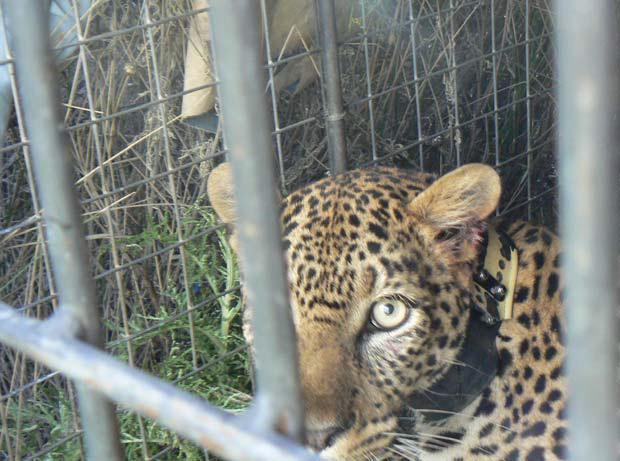Quinton Eugene Martins
This study aims to establish the first rigorous population estimates for leopards in the Cederberg mountains (recently proclaimed a World Heritage Site), quantify the extent of leopard removal from the region, identify conflict hotspots and assist in dealing with leopard-farmer conflict.

By comparing leopard densities between different land-use areas (conservation vs. stock farming vs. game management land), this study will provide the first indication of the suitability of various forms of land-use for leopards in the Cape. The ultimate objective of the research is to furnish the data necessary to alleviate leopard-farmer conflict and foster co-existence between both.
The results of this study, in conjunction with Nicole Martins’ conservation genetic study, should provide the most comprehensive understanding of the conservation status and needs of the leopard in the Cape conducted to date. A map, illustrating leopard densities across different land-uses in the Cederberg, conflict hotspots and key leopard refugia will be produced. This map could then be used to implement better management strategies to protect both the leopards in the area as well as preventing farmer stock losses. Education of farmers in alternative forms of animal husbandry, such as use of Anatolian Shepherd dogs to protect their stock will also be implemented. Results will be submitted as a report to Cape Nature (CN) and for publication in scientific journals.
Finally, with the clarification of its conservation status, we will highlight the leopard as a “flagship” species in the southern and western Cape, using the Cederberg as a high priority conservation area. This will have positive economic spin-offs, such as tourism benefits (as the leopard is considered one of the “Big Five” in Africa) and, as a result, job creation, not only in the Cederberg but the Western Cape Province as a whole.